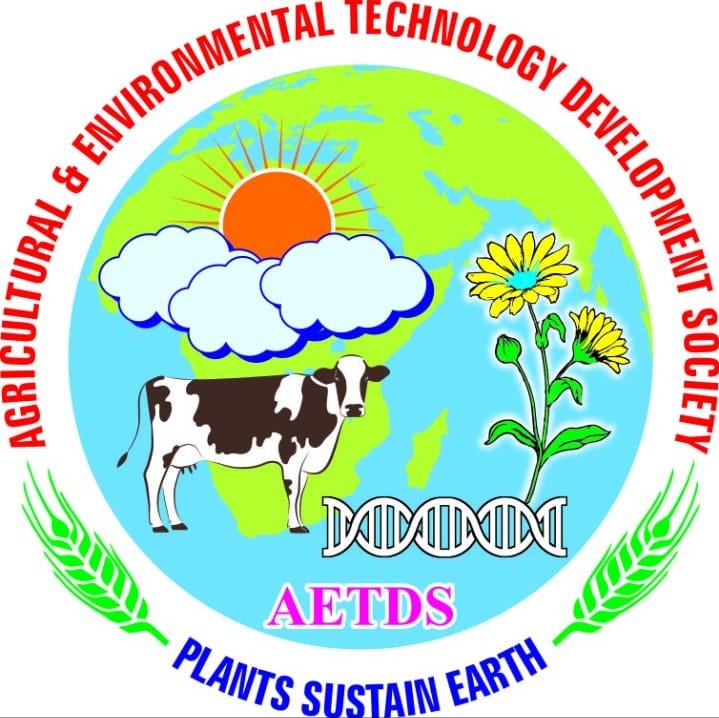
Secretary
Agricultural & Environmental Technology Development Society
Contact
Copyrights © 2024 All Rights Reserved. Powered by AEDTS

International Journal of Agricultural and Applied Sciences, June 2025, 6(1): 106-112
ISSN: 2582-8053
https://doi.org/10.52804/ijaas2025.6114

Research Article
Production performance and chemical constituents of fodder maize at different levels of nitrogen in the inner terai region of Nepal
Sujaya Upreti1*, Naba Raj Devkota 2, Santosh Marahatta3, and Megh Raj Tiwari4
1National Pasture and Fodder Research Program, NARC, Khumaltar, Lalitpur
2Gandaki University, Kaski, Pokhara
3Agriculture and Forestry University, Rampur, Chitwan
4Nepal Agricultural Research Council, Kathmandu
*Corresponding author e-mail: sujayaupreti824@gmail.com
(Received: 10/04/2025; Revised: 30/05/2025; Accepted: 20/06/2025; Published: 30/06/2025)
ABSTRACT
An experiment was conducted to compare the fodder biomass yield and major chemical constituents of different varieties of fodder maize (Zea mays) sown at varying levels of nitrogen at the National Cattle Research Program (NCRP), Rampur, Chitwan (Inner Terai), during the winter season (September to December) 2021. The treatments were set in a 3×2×2 factorial arrangement of three factors, variety, density, and nitrogen level in a Randomised Complete Block Design (RCBD). The fodder maize varieties were Arun-2, African Tall, J-1006, and Pratap Makka Chari-6, the fodder density were 1,66,666 numbers of plants/ha (low-high) and 2,22,222 numbers of plants/ha (high-high), and the nitrogen levels were 150 kg/ha, 200kg/ha. Findings revealed that dry matter yield differed significantly (p<0.05) among the interactive combination of treatments during winter season. At 90 DAS, J-1006 had the highest dry matter (9.52 t/ha) at a high nitrogen level (300 kg/ha) and the least dry matter (5.02 t/ha) at a low nitrogen level (150 kg/ha) whereas Pratap Makka Chari-6 had the highest dry matter (9.29 t/ha) production in the low-high plant population with the lowest dry matter (6.46 t/ha) for high-high plant population. Besides, it was more palatable with the highest mean crude protein percentage (12.76%) in low-high plant density, though it was not varied significantly. Thus, J-1006 emerged as most promising in terms of dry matter at high nitrogen level, and Pratap Makka Chari-6 in terms of low plant density, reflecting its suitability over other fodder maize varieties to be grown under the inner terai context of Nepal.
Keywords: variety, density, nitrogen level, dry matter, crude protein